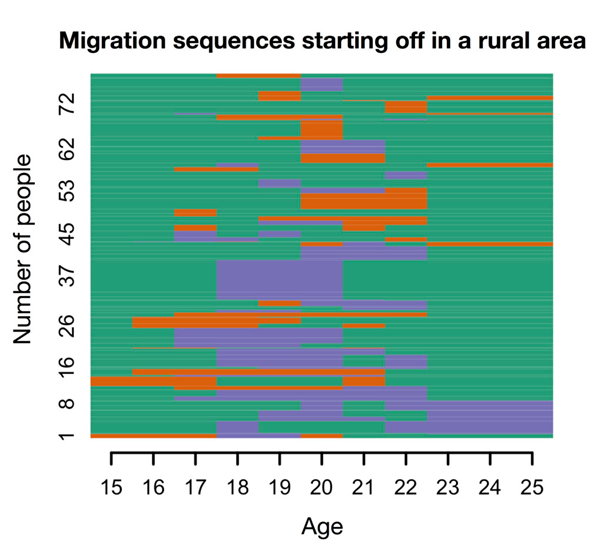Migration of Young Human Capital

Why is the migration of young educated people important?
Human capital is a key ingredient of economic development and productivity. Regions attracting educated individuals experience economic growth and enjoy high-status of social wellbeing, while areas affected by net migration losses of human capital struggle to sustain a vibrant local economy. Young educated individuals are highly mobile and comprise a important component of the workforce. Spatial mobility of young educated individuals generates differentiated outcomes across the urban hierarchy. Rural areas tend to lose young population, creating pressures to attract and retain young educated individuals to help redress accelerating ageing populations and replenishing labour gaps. By contrast, larger metropolitan areas operate as magnets enticing the ‘best’ and the ‘brightest’ spurring local economic development.
What is new and are our aims?
In a recently published Special Issue, we draw on a select group of international leading experts in human capital mobility from a variety of countries, including Australia, China, Italy, the Netherlands, the UK, the USA and Sweden – and seek to address key outstanding issues associated with the spatial mobility of young educated people. In particular, we we draw on longitudinal data sets so that we can begin to examine longer windows of time and better capture mobility sequences over the transition from school through university to the labour market and how they intersect with their educational and occupational pathways and impacts on places. We argue that understanding these trajectories will augment our capacity to guide regional development policy on the attraction and retention of human capital and develop more appropriate policy strategies to address skill shortages, particularly in rural areas, and enhance individual employment outcomes.
The link to the editorial of our Special Issue is here!